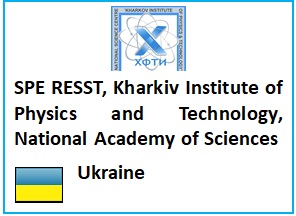

Detrosier's break away ultimately rejoined the institute. Subscriptions and memberships in 18 were an all-time low and only the gradual opening of the board up to election by the members rectified the situation. In 1829, radical Rowland Detrosier led a breakaway group to form the New Mechanics' Institution in Poole Street, a move that had a serious effect on the recruitment and finances of the original institute. However, the institute's intentions were paternal and no democratic control by its students was intended. Ī committee was elected to realise the planned institution, including Wood, Fairbairn, Heywood, Roberts and John Davies and the institute opened in 1825 with Heywood as chairman. Sir Benjamin Heywood, a prosperous banker, acted as president of the Mechanics' Institute from 1824 to 1841 his son, Oliver subsequently became president.He was elected first secretary of the Mechanics' Institute William Fairbairn, a Scottish engineer associated with water wheels and the Britannia tubular bridge but above all with a scientific approach to engineering.William Henry, a pioneer in the scientific chemical industry, discovered Henry's law of solubility of gas in water.Richard Roberts a machine tools inventor.Peter Ewart, a millwright and engineer.Robert Hyde Greg, a cotton mill owner who was soon to be elected a member of parliament.John Dalton, who became known as the "father of atomic theory" and was vice-president of the institute from 1839 to 1841.Was attended by prominent members of the science and engineering community, including: The meeting, convened by George William Wood on 7 April 1824,

Hundreds of such institutions were founded in towns and cities throughout the country and while many of the fine Victorian buildings built to house them remain, Manchester's alone survived as an independent institution serving some of its original educational aims throughout the 20th century. The foundation of UMIST can be traced to 1824 during the Industrial Revolution when a group of Manchester businessmen and industrialists met in a public house, the Bridgewater Arms, to establish the Mechanics' Institute in Manchester, where artisans could learn basic science, particularly mechanics and chemistry. Manchester Mechanics' Institute, Cooper Street in 1825


 0 kommentar(er)
0 kommentar(er)
